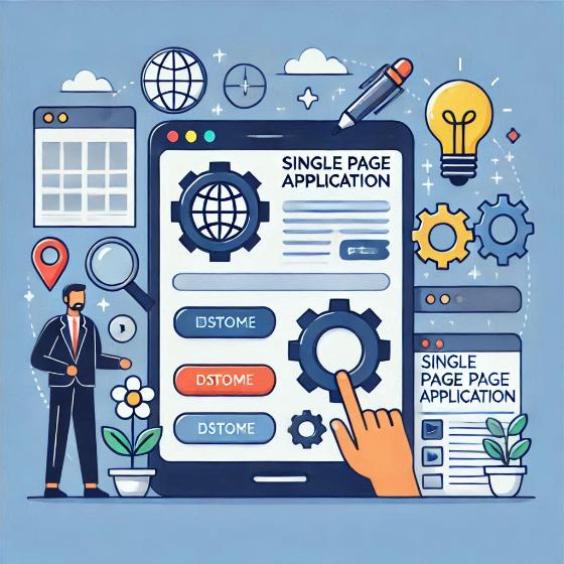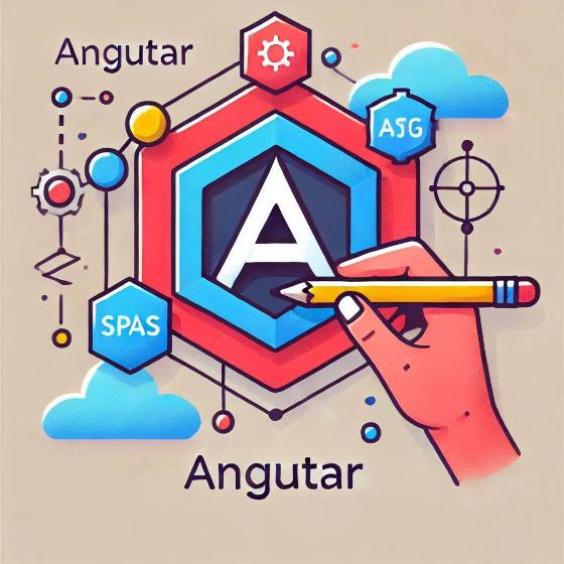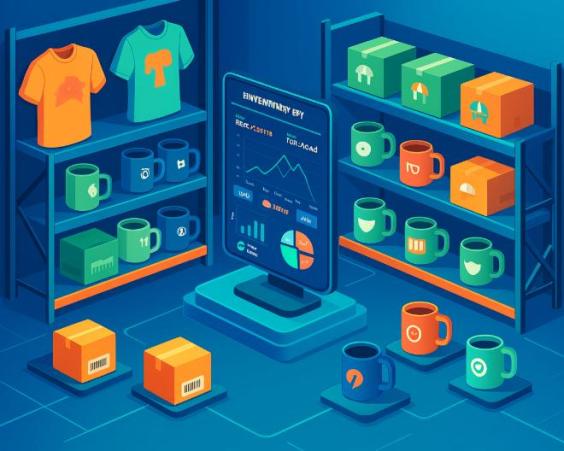What is Single Page Application and what is it for
In the current digital age, user experience is fundamental for any website or application. One of the ways to improve this experience is through the implementation of Single Page Application (SPA). But, what exactly is a SPA and what is it used for?

What is a Single Page Application?
A Single Page Application is a type of web application that is loaded on a single page, without the need to reload the entire page every time an action is performed. This is achieved through the use of technologies such as JavaScript, HTML5, and CSS3, which allow dynamic updating of the page content without the need for a full reload.
In a SPA, the page is initially loaded and then dynamically updated, based on user actions. This is achieved through the use of techniques such as dynamic content loading, user interface updating, and event management.
Characteristics of a Single Page Application
The following are some of the key features of a Single Page Application:
- Dynamic content loading: The page is initially loaded and then dynamically updated, based on user actions.
- User interface updating: The user interface is dynamically updated, based on user actions.
- Event management: The application manages events such as clicks, mouse movements, and key presses.
- Use of modern technologies: SPAs are based on modern technologies such as JavaScript, HTML5, and CSS3.
What is a Single Page Application used for?
Single Page Applications offer several benefits and advantages over traditional web applications. Some of the reasons for using SPAs are:
- Improves user experience: SPAs offer a smoother and more dynamic user experience, as there is no need to reload the entire page every time an action is performed.
- Increases load speed: SPAs load faster than traditional web applications, as only the initial page is loaded and then dynamically updated.
- Reduces server load: SPAs reduce server load, as there is no need to send requests to the server every time an action is performed.
- Improves scalability: SPAs are scalable than traditional web applications, as they can handle a large number of users and requests without affecting load speed.
Examples of Single Page Applications
Some examples of Single Page Applications are:
- Google Maps: Google's map application is a classic example of a SPA, as it is initially loaded and then dynamically updated, based on user actions.
- Facebook: The social networking platform Facebook is another example of a SPA, as it is initially loaded and then dynamically updated, based on user actions.
- Twitter: The microblogging platform Twitter is an example of a SPA, as it is initially loaded and then dynamically updated, based on user actions.
In summary, Single Page Applications are a type of web application that is loaded on a single page and dynamically updated, based on user actions. They offer several benefits and advantages over traditional web applications, such as improved user experience, faster load speed, and improved scalability.





